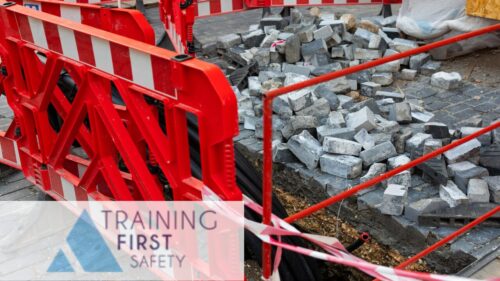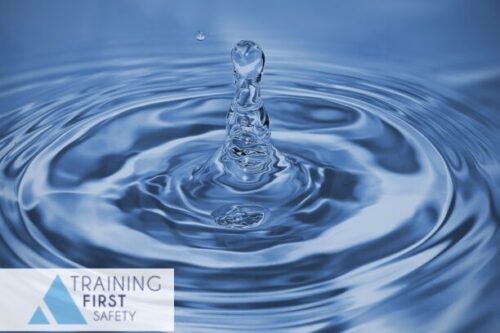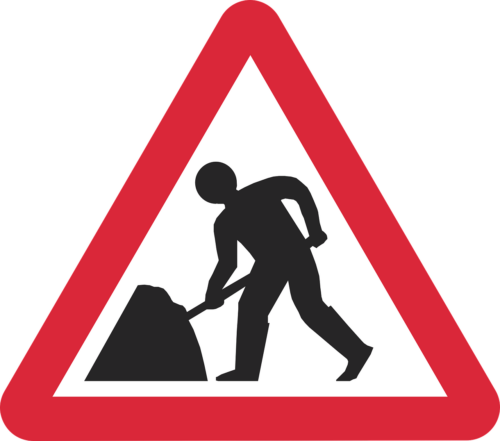Course Description
Category 1: Locate Utility Services (HSG47) is a training and assessment programme designed for candidates carrying out excavation works to safely locate, mark, and avoid underground utility services using recognised and approved detection methods.
A combination of classroom and site-based activities will be delivered.
The course programme covers the following National Occupational Standards and HSE guidance documents:
- EUSMUNC06 Locate and Avoid Services for Utilities Network Construction
- EUSEPUS044 Location and Identification of Underground Utility Services in the Electricity Power Utilities
- HSG47 Avoiding Danger from Underground Services
- HSG150 Health and Safety in Construction
Category 2: Implement Safe (Digging) Excavating Practices is a training and assessment programme designed for candidates to safely excavate and maintain excavations and trenches using hand tools and associated mechanical tools and equipment.
A combination of classroom and site-based activities will be delivered.
The course programme covers the following National Occupational Standards and HSE guidance documents:
- EUSEPUS043 Carry out Excavation Work on Underground Cables in Electricity Power Environment
- EUSMUNC07 Excavate and Maintain Holes and Trenches for Utility Networks Construction
- EUSGNC007 Excavate and Maintain Holes and Trenches for Complex Operations in Gas Network Construction
- HSG47 Avoiding Danger from Underground Services
- HSG150 Health and Safety in Construction
Course Aims
The course aims and objectives are as follows:
- Interpret utility plans and identify key information, positions, and types of underground utility apparatus
- Prepare and use location equipment to locate a range of underground services
- Identify the dangers and hazards associated with underground services
- Recognise why some services are more difficult to locate
- Carry out site marking using appropriate methods
- Ensure all necessary location, marking, and site safety provisions have been carried out correctly prior to any excavation work commencing
- Select and use safe digging techniques to carry out and maintain excavations
Who Should Attend?
Those who carry out excavation work to detect underground utility apparatus and maintain excavations and trenches, while using recognised and approved methods, with both mechanical and hand-held tools.





